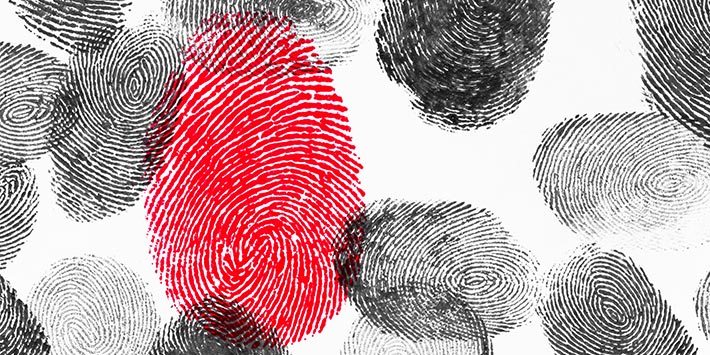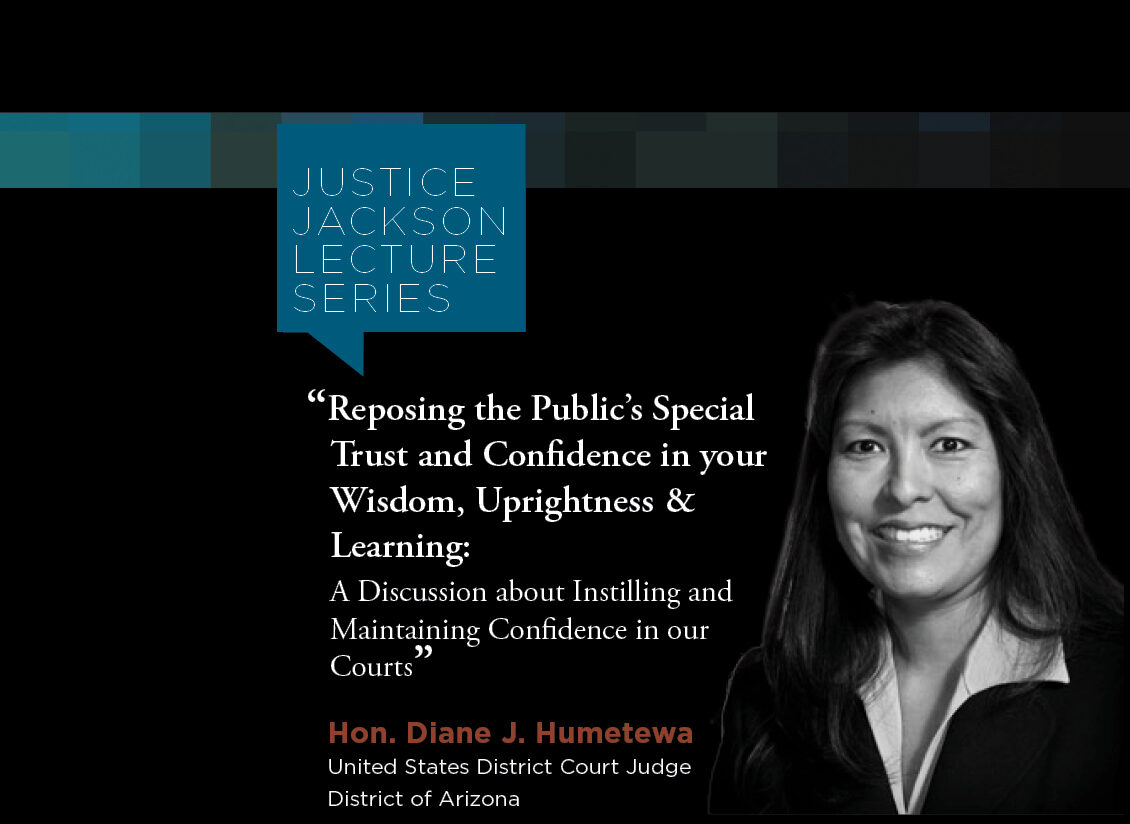
By Prof. Penny White
Federal Rules of Evidence
The Federal Rules of Evidence govern the introduction of evidence at civil and criminal trials in United States federal trial courts. The current rules were initially passed by Congress in 1975 after several years of drafting by the Supreme Court. The rules are broken down into 11 articles:
- General Provisions
- Judicial Notice
- Presumptions in Civil Actions and Proceedings
- Relevancy and Its Limits
- Privileges
- Witnesses
- Opinions and Expert Testimony
- Hearsay
- Authentication and Identification
- Contents of Writings, Recordings and Photographs
- Miscellaneous Rules
This article will focus on Rule 901 — Authenticating or Identifying Evidence — and the judge’s role in the Federal Rules of Evidence.
Establish Evidentiary Foundations
Evidentiary foundations must be established before any type of evidence can be admitted.
These predicates to admission apply regardless of whether the evidence is verbal or tangible, but for some types of evidence, the foundation is largely subsumed into the
presentation of the evidence itself. For example, the foundation for verbal evidence is generally a requirement that the
testifying witness have personal knowledge of the matter in question. This foundation is
rarely established by asking the witness specifically whether he or she has personal
knowledge. Rather, it is included in the witness’ testimony which discloses that the witness
experienced the occurrence. But for all types of evidence, the evidentiary foundation
requires authentication before other issues of admissibility are considered.
Tangible Items of Evidence
Scholars at common law recognized that authentication and identification of tangible items
of evidence represented a “special aspect of relevancy.” McCormick §§179, 185; Morgan,
Basic Problems of Evidence 378 (1962).
Wigmore describes the need for authentication as “an inherent logical necessity.” 7
Wigmore §2129, p. 564. The authenticity requirement falls into the category of conditional
relevancy – before the item of evidence becomes relevant and admissible, it must be
established that the item is what the proponent claims.
Authentication of Tangible Items of Evidence
The basic codified standard for the authentication of tangible items of evidence is
“evidence sufficient to support a finding that the item is what the proponent claims it is.”
Fed. R. Evid. 901. It is not necessary that the court find that the evidence is what the
proponent claims, only that there is sufficient evidence from which the jury might ultimately
do so. This is a low threshold standard. The laws of evidence set forth the general
standard, followed by illustrations and a list of several types of self-authenticated
documents.
The proponent of any tangible or documentary evidence has an obligation, or burden of
proof, to authenticate the evidence before requesting to admit or publish it to the fact-
finder; if the opponent objects to its admissibility, based on any of a collection of rules, then
the proponent must address that admissibility objection as well. Thus, all evidence must be
both authenticated and admissible.
Determine the Presentation of Evidence
If both authentication and admissibility are established, then the court must determine how
the evidence will best be presented to the trier of fact, bearing in mind that the court is
obligated to exercise control over the presentation of evidence to accomplish an effective,
fair, and efficient proceeding. Under Federal Rules 611, the court’s duty is to “exercise
reasonable control over the mode and order of examining witnesses and presenting
evidence so as to:
- Make those procedures effective for determining the truth
- Avoid wasting time
- Protect witnesses from harassment or undue embarrassment
Sometimes tangible evidence consists of fungible items that are not identifiable by sight.
For tangible evidence that is not unique or distinctive, counsel must authenticate the item
by establishing a chain of custody.
Establish a Chain of Custody
A chain of custody is, in essence, a consistent trail showing the path of the item from the
time it was acquired until the moment it is presented into evidence. In establishing a chain
of custody, each link in the chain should be sufficiently established. However, it is not
required that the identity of tangible evidence be proven beyond all possibility of doubt.
Most courts hold that “when the facts and circumstances that surround tangible evidence
reasonably establish the identity and integrity of the evidence, the trial court should admit
the item into evidence [but] the evidence should not be admitted, unless both identity and
integrity can be demonstrated by other appropriate means.” See generally State v. Cannon,
254 S.W.3d 287, 296-97 (Tenn. 2008).
Additional Rules of Evidence Considerations for Tangible Evidence
For tangible evidence, in addition to authentication, the court must consider the following.
- Relevance rules
- The hearsay rules
- The original writing rules
- When appropriate, must balance the probative value of the tangible evidence against
the dangers that its introduction may cause
The court in a jury trial must also consider what method of producing the evidence to a jury
is most conducive to a fair and efficient fact-finding process.
Electronic Evidence
In order to admit electronic evidence, the same rules apply, but the content of electronic
electronically stored information (ESI evidence) may implicate other rules such as the
opinion rules and the personal knowledge rule. Most scholars and courts agree that the
issues related to the authentication and admissibility of electronic evidence simply depend
on an application of the existing evidence rules. Although technical challenges may arise,
the rules are flexible enough in their approach to address this new kind of evidence.
Checklist for Authenticating Evidence in Court
The Federal Rules of Evidence apply regardless of whether the evidence is submitted in a
civil case or criminal trial. To ensure that evidence is authentic and admissible, follow this
five-point generic checklist for the authentication of tangible, documentary, or electronic evidence:
1. Is the evidence relevant?
Does it make a fact that is of consequence to the action more or less probable
than it would be without the evidence?
2. Has the evidence been authenticated?
Has the proponent produce “evidence sufficient to support a finding that the electronic
evidence is what the proponent claims?”
3. Is the evidence hearsay?
Is the evidence offered to prove the truth of what it asserts?
If so, does it satisfy a hearsay exception? Are confrontation rights implicated?
4. Is the evidence a writing, recording, or photograph?
Is it offered to prove the content?
If so, is it either the original or a duplicate (counterpart produced by the same impression
as the original, or from the same matrix, etc.) unless genuine questions of authenticity or
fairness exist?
5. Is the probative value of the evidence substantially outweighed by the danger of
unfair prejudice, confusion of the issues, or misleading the jury, or by considerations of undue delay, waste of time, or needless presentation of cumulative evidence?
Of course, there are many other tools that a judge may use to rule on tangible and
electronic evidence, each with its own benefits and limitations.
Penny White is the Director of the Center for Advocacy and Elvin E. Overton Distinguished
Professor of Law at the University of Tennessee College of Law. She teaches in several of
NJC’s evidence courses including Fundamentals of Evidence, Advanced Evidence, and
Criminal Evidence.

The Hon. Mary-Margaret Anderson (Ret.), a retired administrative law judge with the California Office of Ad...

Happy October, Gaveliers faithful. Are you loving this or what? No one believed a team made up of judges...


Hon. Diane J. Humetewa, the first Native American woman and the first enrolled tribal member to serve as a ...

Retired Massachusetts Chief Justice Margaret H. Marshall has been selected as the 2024 winner of the presti...